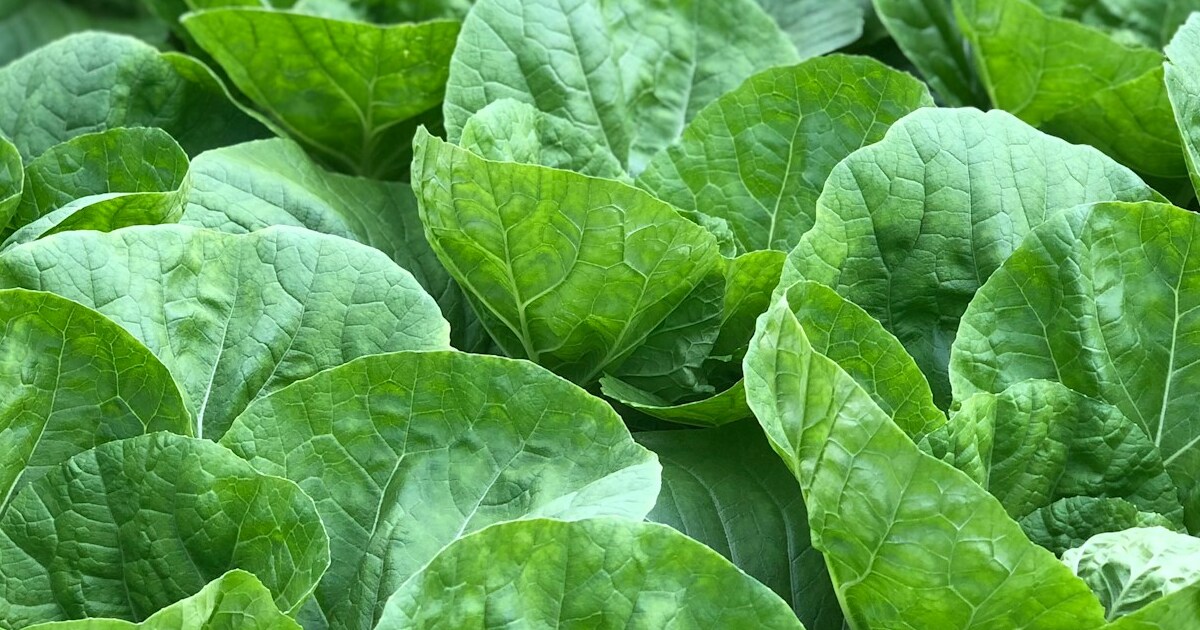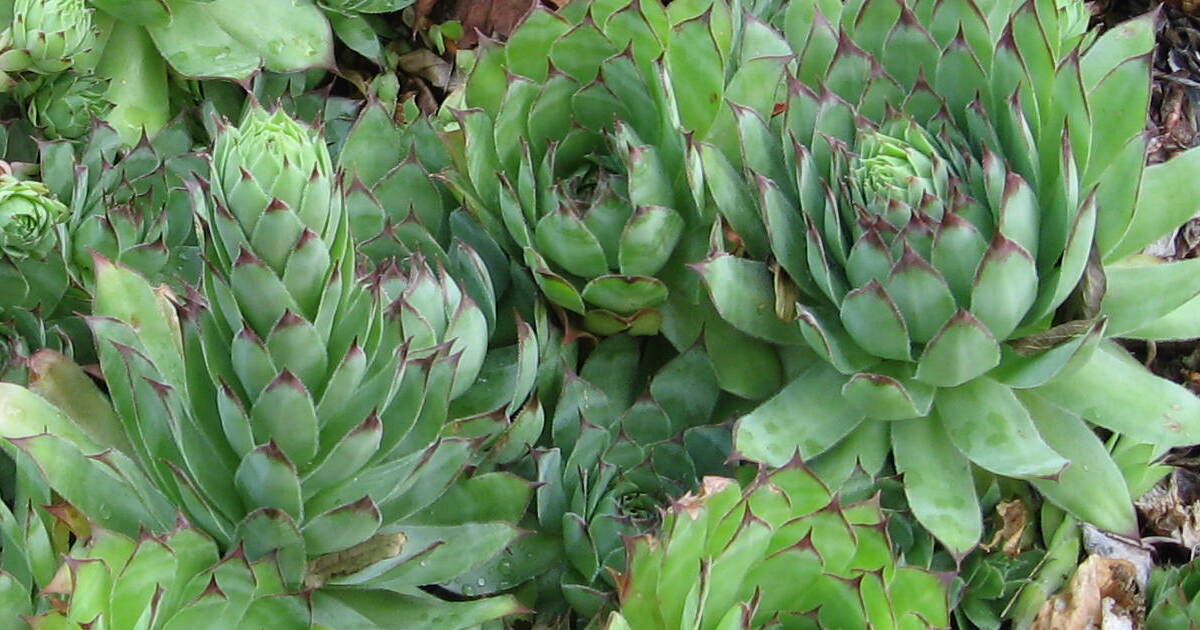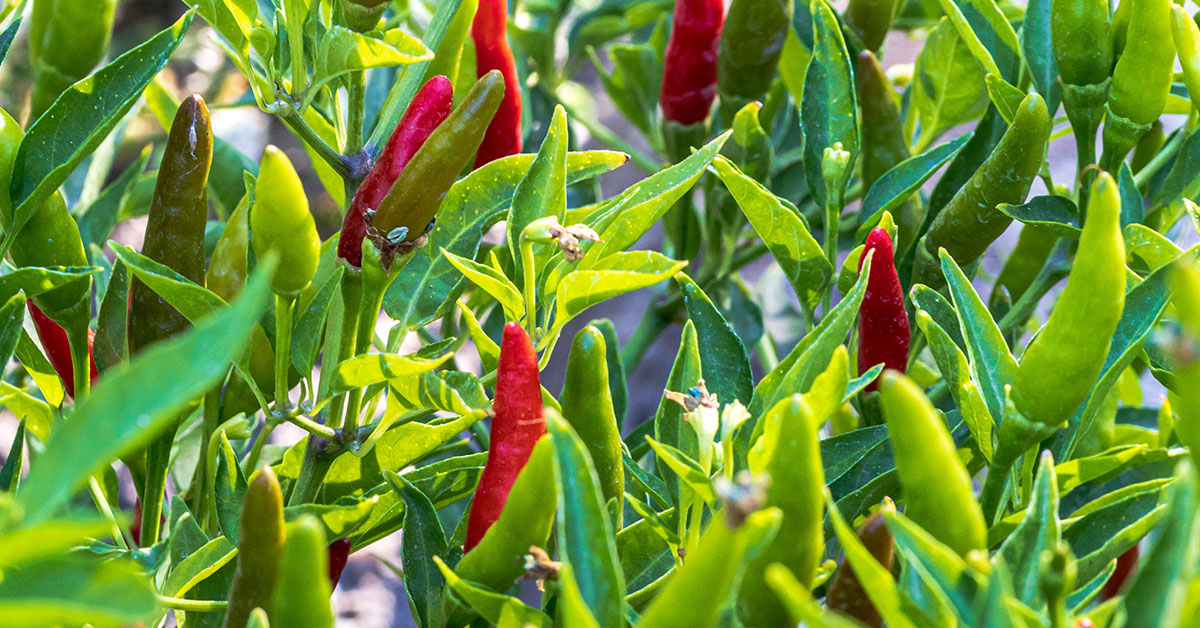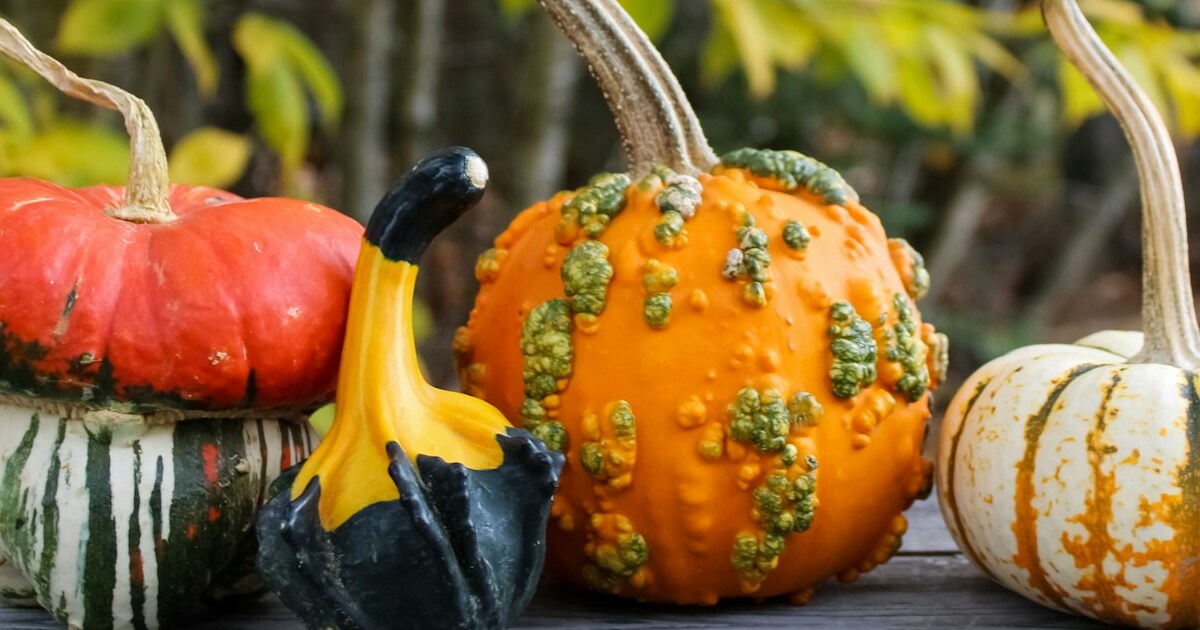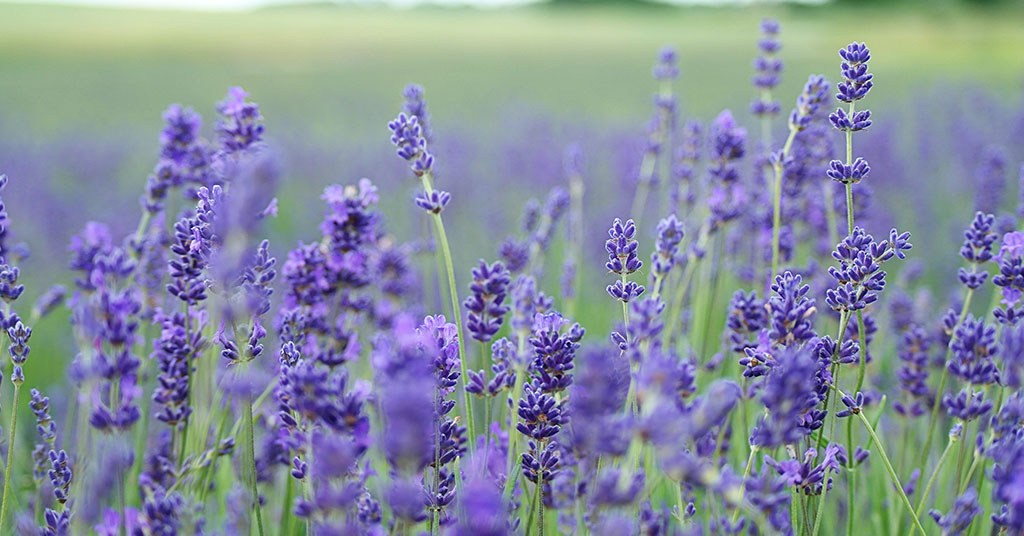Gardening is this incredible dance between patience, knowledge, and a sprinkle of intuition—and sometimes our best intentions trip us up! I’ve certainly been guilty of following a “rule book” that ended up backfiring, like over-mulching or pruning at the wrong moment. It’s such a bummer when your efforts leave plants worse off than when you started. In this article, we’ll explore ten well-meaning habits that can undermine your garden’s health, so you can swap them out for practices that truly nurture your green friends.
Whether you’re growing native prairie wildflowers or exotic ornamentals, understanding why certain habits backfire is the first step to a thriving plot. I know how frustrating it is to see leggy seedlings or yellowing leaves despite your care. Let’s dive into these common pitfalls—complete with plant origin notes and invasiveness warnings—so you can garden smarter and enjoy more blooms and bountiful harvests!
Over-Mulching

Applying mulch seems like a no-brainer for moisture retention, but piling it on too thick can suffocate roots. I once smothered my hydrangea (Hydrangea macrophylla, native to Japan, non-invasive) under a three-inch blanket of shredded bark. Instead of helping, it trapped too much moisture, leading to root rot and wilted foliage by midsummer!
Mulch should act like a light jacket—no more than 1–2 inches. Too much invites slugs and earwigs to nest in the cool, damp layer, turning your mulch into an unwelcome critter condo. Pull mulch back slightly from stems to allow air circulation, and watch your plants breathe easier.
Watering on a Rigid Schedule
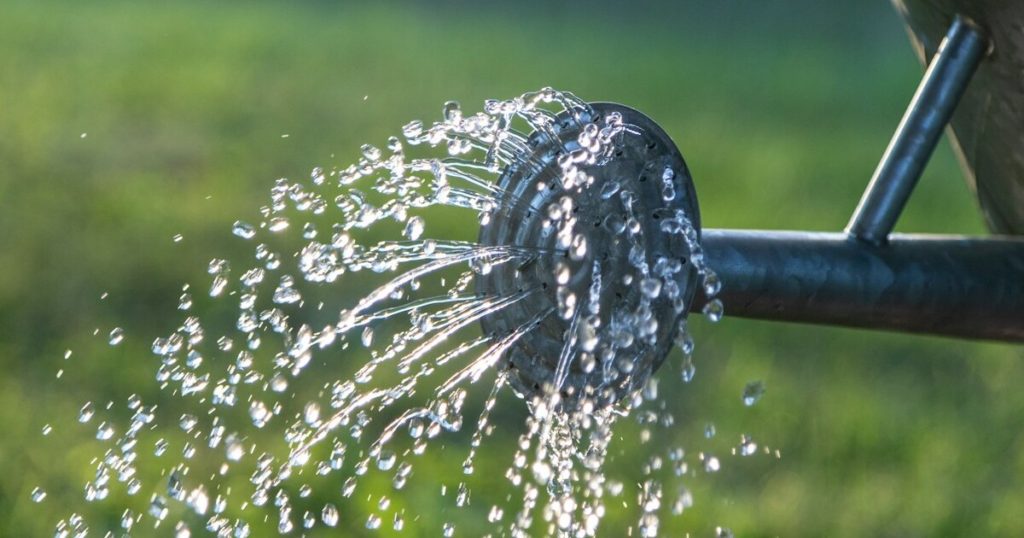
I used to water every morning at 7 AM like clockwork—until my tomatoes (Solanum lycopersicum, native to western South America, sometimes weedy) showed signs of stress. Rigid schedules ignore weather, soil type, and plant needs. On overcast or rainy days, they can lead to waterlogged roots; during heat waves, daily watering might still be insufficient.
Instead, feel the soil with your fingers or use a moisture meter. Deep, infrequent soakings encourage roots to dive deeper, improving drought resilience. It’s such a relief to see sturdy, robust plants instead of ones gasping from shallow root systems!
Pruning at the Wrong Time
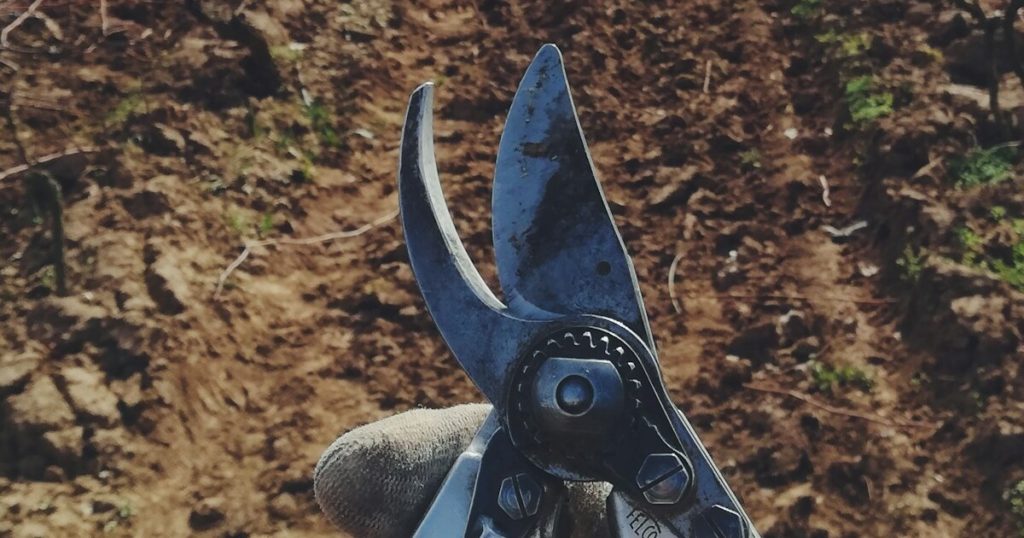
Snipping away spent blooms or shaping shrubs can invigorate growth—but timing is everything. I once pruned my azalea (Rhododendron spp., native to Asia and North America, some species invasive) right before bud formation, and it never flowered that year!
Most spring-flowering shrubs set their buds on last year’s growth, so late-winter pruning robs blooms. Conversely, cutting back summer bloomers too early can cause leggy regrowth that flops under its own weight. Learn each plant’s bloom cycle—your garden will reward you with more spectacular displays!
Planting Too Early in Spring

I’ll admit, I get eager when winter loosens its grip—but planting frost-sensitive peppers (Capsicum annuum, native to Central America, non-invasive) in March taught me a chilly lesson! Even a light freeze can damage tender roots and foliage, delaying growth for weeks.
Wait until your region’s last frost date—often mid-May here in USDA Zone 6—to transplant warm-season crops. If you simply can’t resist early planting, use cold frames or cloches to shield young plants. You’ll avoid that heart-sinking sight of frost-bitten seedlings!
Crowding Plants Too Tightly

I wanted a lush, full veggie bed, so I squeezed in as many lettuces (Lactuca sativa, native to the Mediterranean, non-invasive) as possible. Within days, they competed for light and airflow, leading to powdery mildew outbreaks and stunted growth!
Give each plant its recommended spacing—this varies by species and cultivar. Proper airflow deters fungal diseases and allows pollinators to navigate blossoms easily. Trust me, those few extra inches can make a world of difference in vigor and yield.
Using Non-Native Ornamentals Without Research

That beautiful Japanese barberry (Berberis thunbergii) may look stunning in autumn, but it’s invasive in many U.S. states, outcompeting native undergrowth and altering wildlife habitat. I once planted it for its fiery foliage before realizing it spread aggressively into my woodland edge!
Always check a plant’s invasiveness status in your area. Native alternatives—like red-twig dogwood (Cornus sericea, native to North America, non-invasive)—offer similar visual interest without ecological downsides. You’ll sleep better knowing you’re supporting local biodiversity.
Neglecting Soil Testing

I used to assume my garden soil was “good enough,” until my zucchini (Cucurbita pepo, native to the Americas, non-invasive) struggled with blossom end rot—an indicator of calcium deficiency. A simple soil test would have revealed the imbalance months earlier!
Regular testing provides a roadmap for pH adjustments and nutrient amendments. Whether you’re growing acid-loving blueberries (Vaccinium corymbosum, native to eastern North America, non-invasive) or classic roses, matching soil conditions to plant needs spares you guesswork and wasted effort.
Overfertilizing with Nitrogen
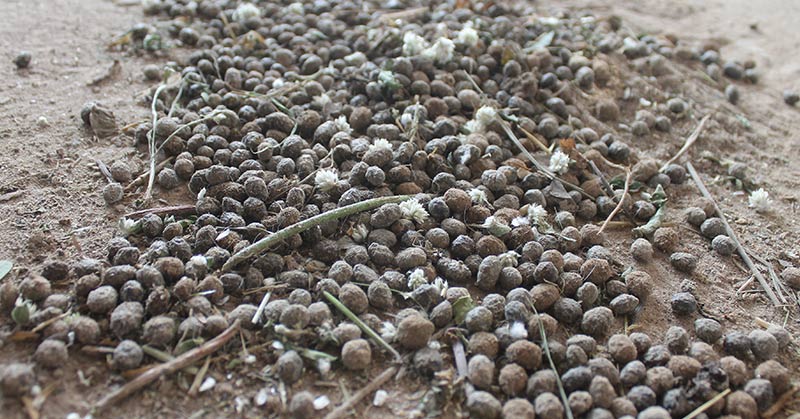
Feeding plants is satisfying, but too much nitrogen can backfire spectacularly. My once-vigorous sunflower (Helianthus annuus, native to North America, non-invasive) produced lush green foliage at the expense of flower heads when I overdid a high-nitrogen feed!
Balanced nutrition is key: follow label rates and opt for slow-release or organic fertilizers. Excess nitrogen can also wash away into waterways, harming aquatic ecosystems. A little restraint yields stronger stalks and more prolific flowering.
Ignoring Beneficial Insects
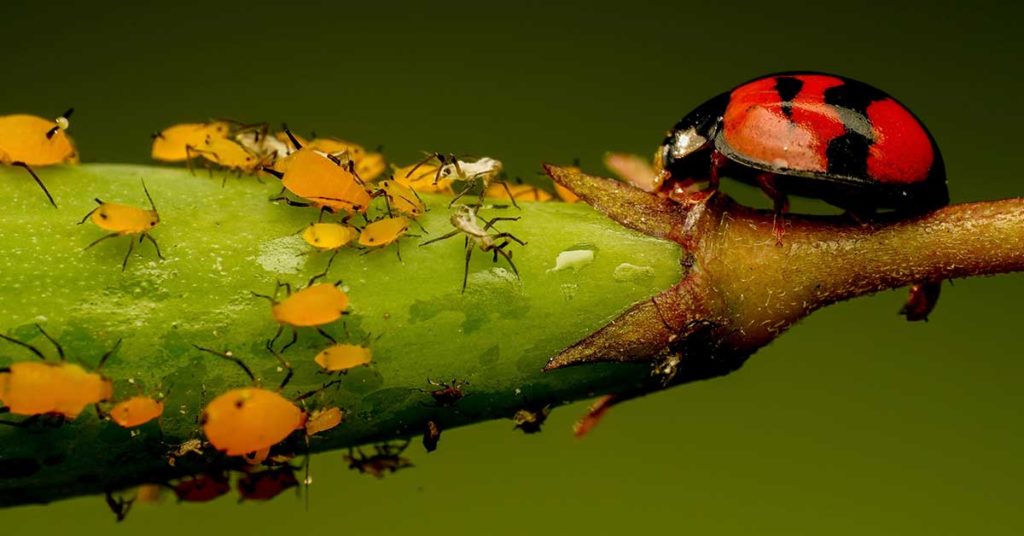
I used to spray indiscriminately at the first sight of aphids on my nasturtiums (Tropaeolum majus, native to Central and South America, non-invasive), wiping out ladybugs and lacewings along with the pests. Suddenly, I had spider mites and thrips taking over!
Instead, embrace beneficials: create insect hotels with bamboo bundles, plant native milkweed (Asclepias syriaca, native to North America, non-invasive) for monarch caterpillars, and avoid broad-spectrum sprays. Nature’s little helpers will keep pest populations in check if you give them room to nest and forage!
Excessive Deadheading
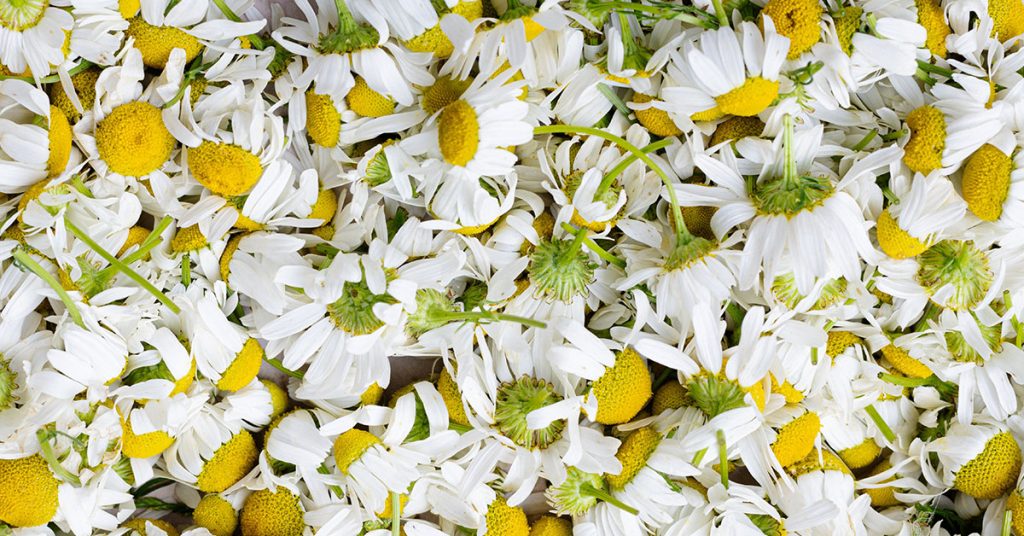
Deadheading keeps blooms coming, but overdoing it can exhaust a plant. I clipped spent flowers off my butterfly bush (Buddleja davidii, native to China, invasive in many regions) so vigorously that it had little energy left for new growth, resulting in sparse late-season blooms.
Focus on removing truly spent blossoms rather than every fading petal. Allow some seed heads—for species like coneflowers (Echinacea purpurea, native to central and eastern North America, non-invasive)—to remain for birds and winter interest. Your garden will bloom longer and support wildlife all year round!





